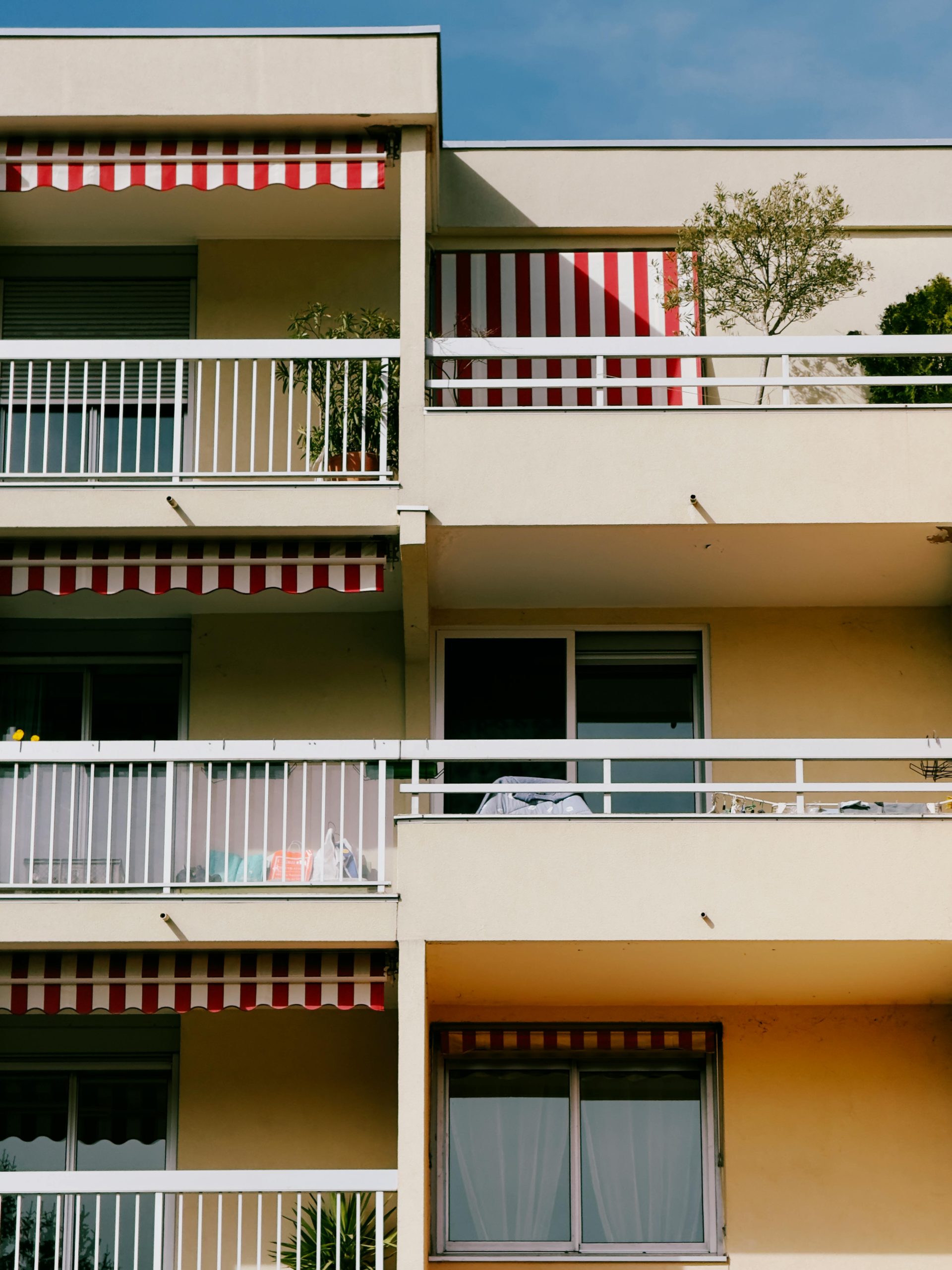How California Wildfires Could Influence Your Insurance Rates
As Californians once again grapple with the devastating impact of wildfires, homeowners across the country are left pondering how such events might affect their insurance premiums. Recently, images emerged showing a neighborhood in California where multimillion-dollar properties have been reduced to ashes. This raises an important question: could the destruction of these high-value homes eventually lead to increased insurance costs?
While those of us residing in the Northeast may feel removed from the immediate threat of wildfires, the financial ripples of these disasters might still reach us. Insurance companies operate with the imperative to remain profitable. When catastrophic events, like wildfires or hurricanes, occur, the industry’s costs surge due to the sheer volume of claims. This leads to a complex balancing act where providers must manage huge financial payouts while continuing to offer coverage at sustainable rates.
But what does this mean for those living far from the flames? If insurers face substantial losses, they may look to recoup costs in part by adjusting policy rates in various regions — potentially affecting homeowners nationwide. While factors like local risk profiles certainly play a role in determining regional rates, the broader landscape driven by insurance companies’ need to mitigate financial losses during such significant events can influence decisions on premium adjustments.
In conclusion, while your risk of facing a wildfire in the Northeast is minimal, the shockwaves from these events could potentially influence your insurance premiums in the future. Staying informed and consulting with your insurance provider about potential rate changes can help ensure you remain prepared for any financial shifts.




The impact of large-scale natural disasters, like the California wildfires, on insurance rates is indeed a multifaceted issue. From an industry perspective, natural disasters can significantly affect insurance premiums, even in areas not directly impacted by these events, such as the Northeast.
Firstly, it’s important to understand that insurance markets operate on the principle of risk pooling and loss spreading. When a catastrophic event occurs, insurance companies must pay out a substantial amount in claims, which can affect their financial stability. To manage this, insurers often spread the increased risk and costs across a broader base, which means that policyholders in regions that aren’t directly affected, like the Northeast, could still see an increase in premiums.
In the case of high-value properties, such as the $2-$8 million homes mentioned in the neighborhood destroyed by fire, the cost to insurers can be substantial. Homes in this price range often come with higher premiums due to their value, and thus the payout needed after such a disaster is significant. This could drive insurers to reassess their pricing structures to ensure they remain solvent and profitable, potentially leading to an increase in premiums across the board.
Additionally, reinsurance markets, which provide financial protection to insurance companies, may also adjust their premiums following major disasters. This can further influence the rates that insurers charge their customers. Reinsurers will evaluate the increased risk and potentially charge higher rates to insurance companies, which in turn may be passed on to consumers.
Moreover, regulatory factors and state-specific insurance laws play a crucial role in determining rate changes. In some states, insurance companies must obtain approval from regulatory bodies to increase rates, which can mitigate drastic changes but could also result in more gradual rate adjustments over time.
Ultimately, while the immediate risk of wildfires in the Northeast is low, the interconnected nature of the global insurance market means that policyholders could still experience indirect effects. To mitigate these increases, homeowners should explore ways to reduce their personal risk profile, such as reinforcing their properties against local risks or investing in home safety and security improvements. Additionally, shopping around for different insurers and comparing coverage and prices can help consumers find the best possible rate for their needs even amid broader industry adjustments.
It’s always beneficial to maintain open communication with your insurance provider to understand how external events may impact your policy specifically and to ensure you have adequate coverage in the event of a loss closer to home.